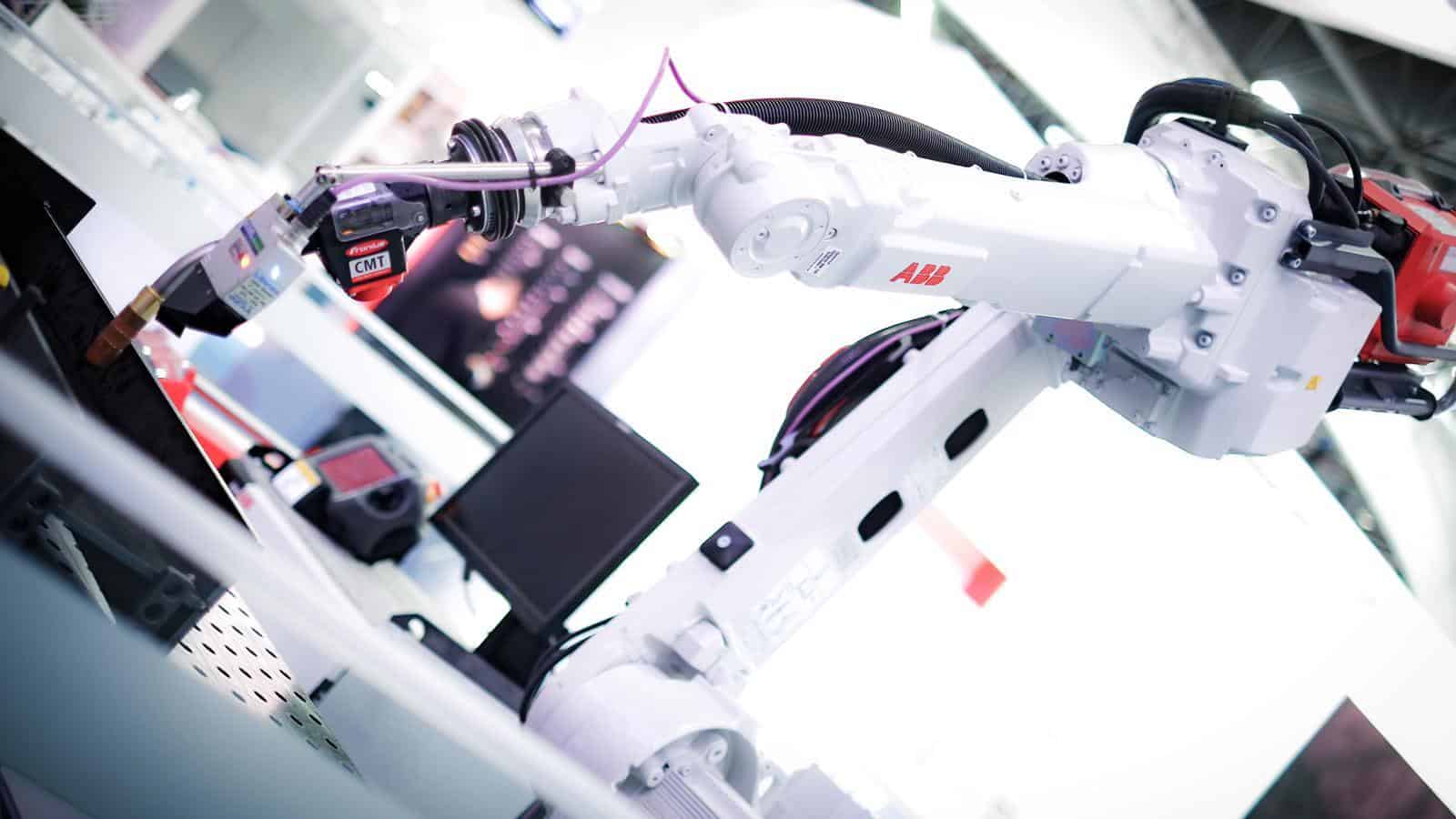As technological developments continue to encourage advancements, management and automation within large organisations, new technology is helping businesses more and more to manage their workforce.
Technology is helping to maintain business organisation through detailed management software, to structure, analyse, review, assess and monitor employees as well as general business operations. These technological tools enable businesses and managers, managing large workforces, to ensure the smooth running of the company and its employees, which we will be expanded on and looked at in more detail.
With the fast-paced and adapting modern world that we live in, businesses must strive to stay on-top of ever-changing regulations and environments in which they operate. This can be particularly important in the UAE, with emirates like Dubai and Abu Dhabi who aspire to continue progression as global leaders. The use of technology allows businesses to be agile and keep up with these demands in a multitude of ways, whether it be getting to market, innovation, growth, adaptation, or workforce management. Enabling optimal efficiency levels across the business is key to achieving optimal operations and business environment.
Managing expatriate workforce
In terms of how technology can help large organisations to manage a large number of expatriate and citizen employees, the benefits can be observed at all stages of the employment within expansive companies. For the expatriate workforce in particular, the use of technological tools significantly improve efficiency for things such as visa processing, not only in the initial visa registration and application process, but also with the ongoing renewal reminders and notifications, especially when handling a large number of employees in large organisations.
Modern workforce management tools not only enable employers to manage their business operations in greater depth and detail, but it now also allows for them to manage remotely. Similar to this, as has become more prevalent from working through the COVID-19 pandemic, employees are now able to work remotely, which helps large organisations to better manage their employees and office spaces by offering them the ability to have employees work from home. Therefore, requiring smaller office spaces, as not all employees will need to be present in the office at any one time, and they may save money on the cost of larger spaces.
A useful technological workforce management tool that PRO Partner Group has first hand experience of using is ‘eDays’, which is a platform that we use to manage employees leave. Whereby an individual employee can access the platform, view the amount of leave they have available, schedule leave, sick days and the employee’s manager then assesses and approves the leave, all done through the online platform.
As the field of employment technological grows, so does the scope and capabilities that these technologies can offer. Additional technological features allow employers to asses performance management and biometric logging, which will further improves the company’s ability to manage and monitor large workforces, business and operations.
Emiratization/Saudization process
There are a few ways in which technology can help large organisations to manage the Emiratization and Saudization process. Firstly, this can be as simple as assisting with their quota calculations. Especially when this calculation is based on a percentage of a large number of employees and if the business is looking to meet their exact requirements. Through the ability to calculate exact quota requirements and obtain other information with greater ease, technology allows for a business to enjoy a variety of customisation opportunities, whereby the business can adapt operations as it sees fit.
In-line with helping to ensure that the business is complying with the Emiratization and Saudization requirements, technology as a whole assists companies to keep their business secure through a greater level of security. This in turn also reduces the risks of business operations such as security breaches, and data protection.
Finally, technology offers a platform through which employers can actually source skilled Emiratis / Saudis online. This platform gives employers direct access to employable citizens, completely streamlining the sourcing process to enable them to be able to meet their required quota.
Improving efficiency
Undoubtedly, technology continues to develop and advance as times change, and innovation and adaptation call for new technologies to improve efficiency. This is perhaps something that is more relevant in the UAE’s business environment and organisations in the region should look to utilise technology to their benefit. As Emiratization and Saudization requirements are mandatory for all businesses operating in the region, and large expatriate workforces are also common, there will be many ways that organisations could make use of technology in easing the management of the processes involved.
Abagail Goble is HR Executive at PRO Partner Group.
The opinions expressed are those of the author and may not reflect the editorial policy or an official position held by TRENDS.







